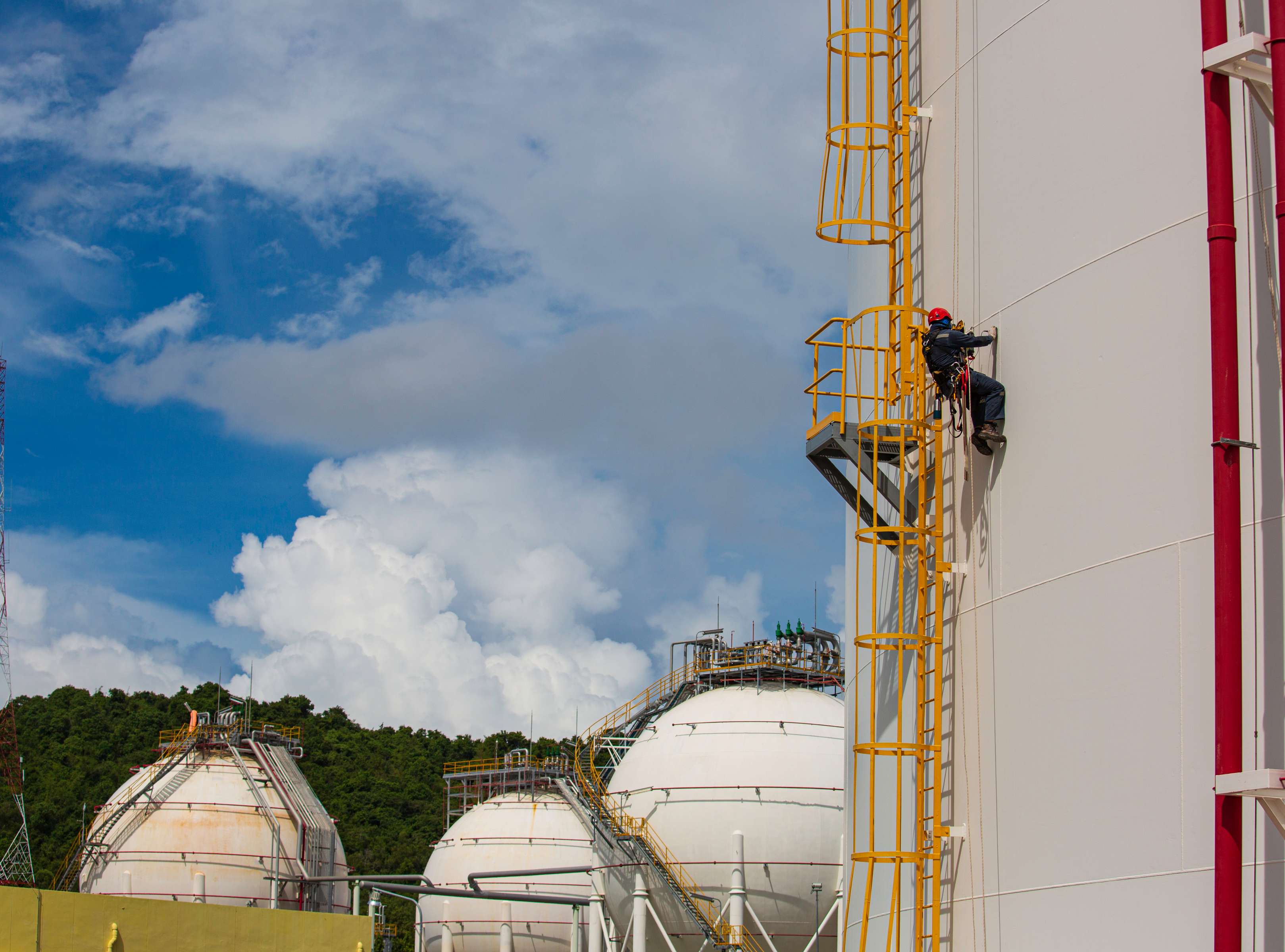Work At Height Training
Absolutely, working at height can be extremely dangerous, and it’s crucial for employers to prioritize safety to prevent falls and minimize the risks associated with working at heights. Here are some key points to consider when it comes to height work safety:
Risk Assessment: Employers should conduct thorough risk assessments to identify potential hazards related to working at height. This includes assessing the type of work, the height involved, and the equipment or structures being used.
Preventive Measures: Implement preventive measures to eliminate or reduce the need for working at height whenever possible. This might involve using long-handled tools, scaffolding, or other equipment that allows work to be done from the ground.
Training and Awareness: Provide employees with proper training on working at height, including the safe use of equipment such as ladders, scaffolding, and safety harnesses. Ensure that all workers are aware of the risks and safety procedures.
Fall Protection Equ ensure that employeety nets.

Fall Protection Equipment: When working at height is necessary, ensure that employees have access to and use appropriate fall protection equipment, such as safety harnesses, guardrails, and safety nets.
Inspect Equipment: Regularly inspect and maintain all equipment used for working at height. Faulty equipment can lead to accidents.
Safe Access and Egress: Ensure that workers have safe access to and egress from elevated work areas. Stairs, ladders, and other access points should be in good condition and properly secured.
Edge Protection: Use edge protection systems, such as guardrails or toe boards, to prevent falls from edges and openings.
Fragile Surfaces: Clearly mark and protect fragile surfaces to prevent falls through roofs or floors. Workers should be aware of the locations of these surfaces.
Emergency Procedures: Establish clear emergency procedures in case of a fall or other accidents. This includes rescue plans and having the necessary equipment for rescue readily available.
Regular Review: Continuously review and update safety procedures and protocols. Learn from near misses and accidents to make improvements.
Legal Compliance: Ensure that your workplace is in compliance with all relevant safety regulations and standards related to working at height.
Safety Culture: Foster a culture of safety within the organization where employees feel comfortable reporting hazards and safety concerns.
By taking these measures, employers can significantly reduce the risks associated with working at height and create a safer working environment for their employees. Safety should always be the top priority when it comes to tasks involving elevation and potential falls.
